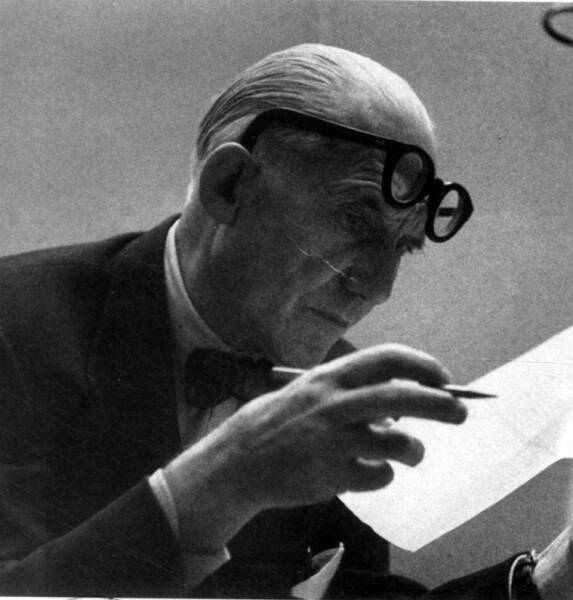
In 2001, the Chandigarh Administrator, exercising powers under Sections 5 and 22 of The Capital of Punjab (Development and Regulation) Act, 1952, framed The Chandigarh Apartment Rules, 2001, allowing the division of single residential units into more than one apartment.
Story continues below this ad
 Sector 22, the first sector to be developed for housing, as it was originally (below), and as it is today. (Express Archive, Jasbir Malhi)
Sector 22, the first sector to be developed for housing, as it was originally (below), and as it is today. (Express Archive, Jasbir Malhi)
Following an outcry from citizens who complained that the original character of the city was under threat, the 2001 Rules — as well as an earlier set of Rules from 1960 — were repealed in 2007.
On November 7 that year, The Chandigarh Estate Rules, 2007 were notified. Rule 16 of the 2007 Rules prohibited the fragmentation or amalgamation of any site or building.
In 2009, a committee was constituted to draw up the Chandigarh Master Plan, 2031 (CMP-2031); the draft CMP-2031 reintroduced the 2001 Rules. Meanwhile, in 2010, a Committee of Experts was set up to look at both the original concept of the city of Chandigarh as well as the maintenance of important heritage buildings in the UT.
In the light of persistent public opposition to the draft CMP-2031, a Board of Inquiry and Hearing was set up in November 2013 to consider, among other things, objections to the proposal to re-introduce the 2001 Rules. The Board recommended that the 2001 Rules should not be brought back, and that the re-densification of any government residential/ institutional pocket in phase I sectors should only be done with approval from the Chandigarh Heritage Conservation Committee.
Story continues below this ad
These recommendations were accepted by the central government, and all references to apartments in the draft CMP-2031 were dropped in the final version of the plan that was notified in 2015.
 Swiss-French architect Le Corbusier prepared the Master Plan for the city of Chandigarh and contributed specific designs to several buildings
Swiss-French architect Le Corbusier prepared the Master Plan for the city of Chandigarh and contributed specific designs to several buildings
Apartmentalisation continues
Even so, apartmentalisation in the city continued apace. Senior Advocate P S Patwalia, who appeared for the appellant Residents Welfare Association, told the Supreme Court that builders were getting around the law by constructing three apartments on three floors, and selling them to people who then entered into a Memorandum of Understanding (MoU) splitting the plot among themselves.
“Therefore what is directly prohibited by law (conversion of plots into apartments), is being indirectly done by the builders/ developers,” Patwalia said.
Story continues below this ad
The appellants also argued that the Chandigarh Administration, despite claiming that the construction of such apartments was prohibited, was sanctioning building plans that ex facie showed three apartments, and that the Punjab and Haryana High Court too had observed that the Administration had not acted against these illegalities.
Supreme Court’s order
The Supreme Court Bench of Justices B R Gavai and B V Nagarathna banned the conversion or bifurcation of a single residential unit into apartments in phase I of Chandigarh, which covers the heritage zone comprising sectors 1 to 30. Deals that were in process, or MoUs/ agreements that were underway, are now null and void, and the floor area ratio (FAR) has been frozen.
The order restricted the number of floors in phase I to three, with a uniform maximum height as deemed appropriate by the Heritage Committee, and directed the Administration not to formulate rules or by-laws without prior consultation with the Committee.
It is high time that the “Legislature, the Executive and the Policy Makers at the Centre as well as at the State levels take note of the damage to the environment on account of haphazard developments and take a call to take necessary measures to ensure that the development does not damage the environment”, the court said in its 131-page order. (Residents Welfare Association & Anr. v. The Union Territory of Chandigarh & Ors.)
CITY BEAUTIFUL: A MODEL AND A METAPHOR
Story continues below this ad
CHANDIGARH was developed into two phases, phase-I having sectors 1 to 30, and phase-II with sectors 31 to 47. Phase-I was for low-rise plotted development (bungalows) for a population of 1,50,000; phase-II sectors were to have a higher density. The distribution of population was to be hierarchical, with low density in the northern sectors, and increasing towards the south. It was conceptualised by the French architect Le Corbusier along with Pierre Jeanneret, Jane B Drew, and Maxwell Fry.
CORBUSIER incorporated the principles of light, space, and greenery in his plan, and used the human body as a metaphor for the city — the ‘head’ was the Capitol Complex; the ‘heart’ the Commercial Centre of sector 17; ‘lungs’ the leisure valley, open spaces and sector greens; ‘intellect’ the cultural and educational institutions; ‘viscera’ the industrial area; and ‘arms’ the academic and leisure facilities. The ‘circulation system’ of the body were the seven types of roads in the city, known as 7Vs.



 Sector 22, the first sector to be developed for housing, as it was originally (below), and as it is today. (Express Archive, Jasbir Malhi)
Sector 22, the first sector to be developed for housing, as it was originally (below), and as it is today. (Express Archive, Jasbir Malhi) Swiss-French architect Le Corbusier prepared the Master Plan for the city of Chandigarh and contributed specific designs to several buildings
Swiss-French architect Le Corbusier prepared the Master Plan for the city of Chandigarh and contributed specific designs to several buildings




































